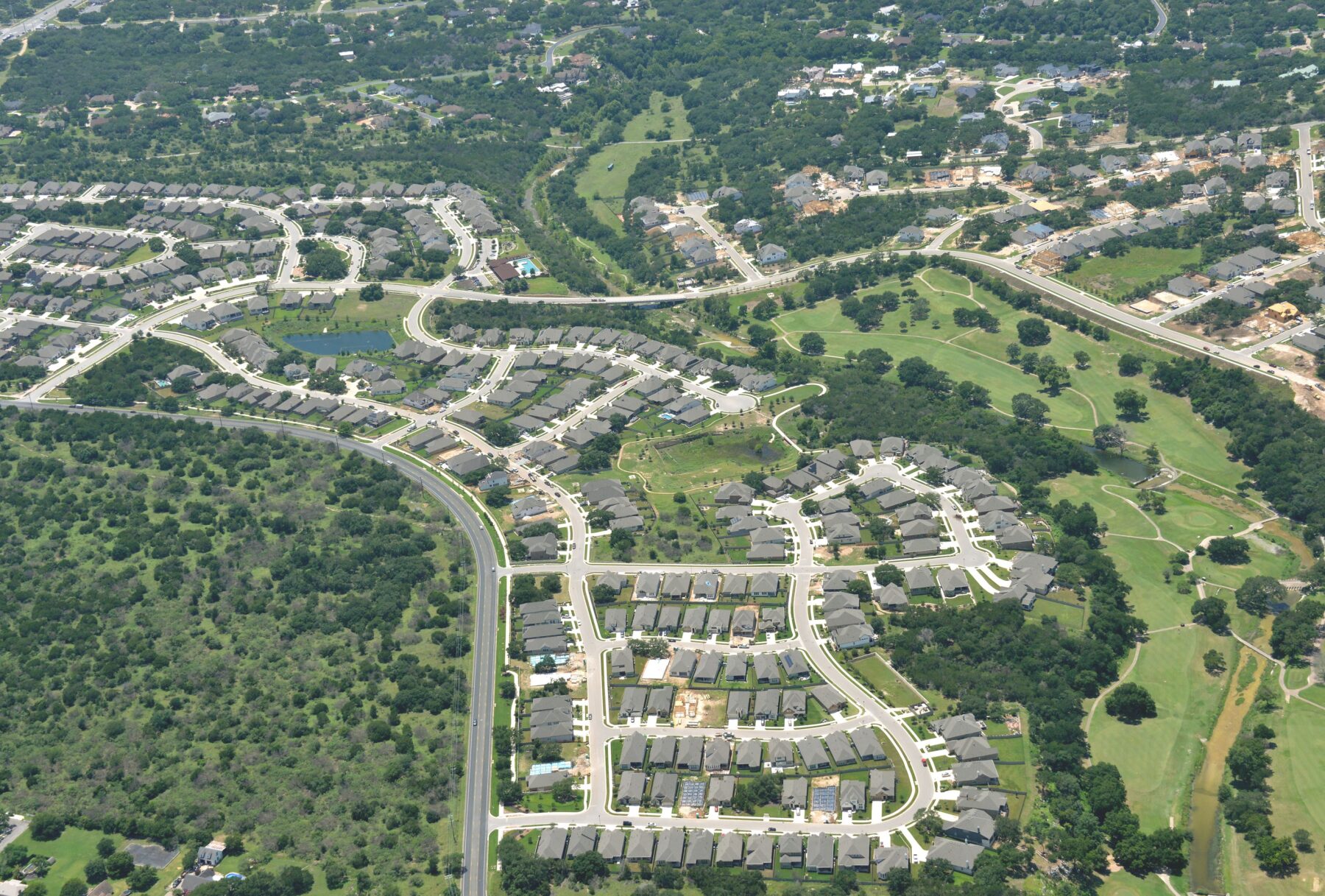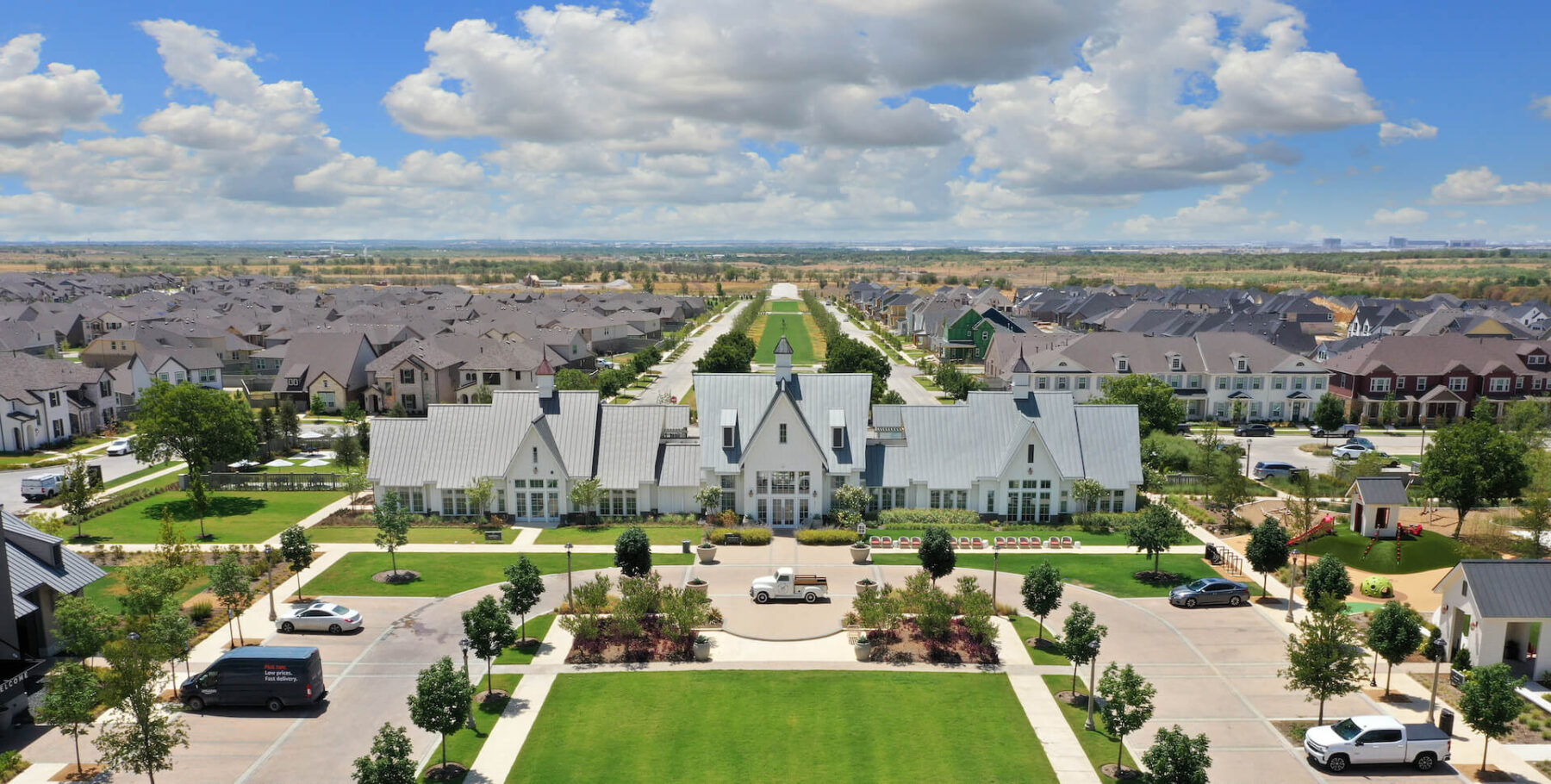

Blog
If you’ve been around the Texas housing market for a while, you’ll remember the good old days of pre-2017 low housing prices. You’ll likely think fondly (if you’re a homeowner) or not-so-fondly (as a buyer) of the price increases since. Zillow’s Home Value Index shows that in early 2017, Texas’s average home value was $183,590. In late 2024, the figure had increased to $299,982.
What about the coming year? Are we facing higher prices for 2025, or will they decline? What will happen with interest rates? Is it a good time to buy a home?
While we don’t have a crystal ball, it is useful to look at the forces impacting the Texas housing market and what trends are picking up steam. Read on for information on what may be ahead in the coming months.
Population Growth
About half a million people moved to Texas in 2024, adding around 563,000 to our state’s population between July 1, 2023, and July 1, 2024. New residents hail from many other states, but the majority are from outside the country or California. They are attracted to Texas because of its favorable housing market, job-friendly environment, and climate.
One of the reasons the Texas housing market is so attractive to buyers is that we’re building more new homes than any other state – about 15% of new home permits country-wide, with 9% of the country’s population. Texas builders are also building smaller homes – 2,073 median square feet– which means a lower price tag.
The comparatively affordable housing and continuing population growth in Texas mean that demand for housing will continue to grow. However, mortgage rates are higher than they have been in the recent past and difficult to predict, which deters some homebuyers from moving, leading to a static or slightly contracting market. More about that below.
Expansion to the Suburbs
Millennials, typically described as those born between 1977 and 1996, initially flocked to the cities because they sought its walkability and concentration of amenities. During the last decade, however, the trend has reversed, and this generation has shifted toward the suburbs and areas just outside metropolitan areas.
Why would millennials leave urban centers for a different kind of life? One of the primary reasons for this change is the lower cost of living in suburban areas. Another reason is lifestyle factors (such as a small-town atmosphere, strong sense of community, and better public schools) which become more important as millennials establish families. The third is that some suburban neighborhoods, such as the ones developed by Hillwood Communities, offer an abundance of amenities and unique lifestyle programs that make them extremely appealing.
Strong Rental Market
Average Texas rental rates peaked in July 2024 and have settled slightly since. The average rental rate in Texas is $1,878 for all rental properties. Some urban markets exceed the average, and some are under. For instance, here are the average rental rates in major Texas cities: Dallas, $2,012; Austin, $1,995; Houston, $1,850; and San Antonio, $1,676.
Is this the time to buy a home? Despite the American Dream of homeownership, owning a home may not be right for everyone in every phase of life. Renting can be a chosen lifestyle, or, with careful planning, it can be a strategy that leads to homeownership.
Most sources agree that the best time to buy is when you are prepared financially: low or no debt, savings for a down payment plus a reserve, and sufficient monthly income to be approved for a mortgage. Check out these affordability calculators to get an idea of your homebuying readiness.
Mortgage Rates
Beginning in 2022, mortgage interest rates started to gradually increase from their historic lows in early 2021, increasing the cost of buying a new home. Higher borrowing costs make it less feasible for homeowners to move into a larger home when they need to. Similarly, those ready to downsize to a smaller home resist because with higher interest rates, they may end up paying more each month for a much smaller home. When a homeowner has a lower interest rate and stays because the interest rates on a larger (or smaller) home are high enough to make moving unfeasible, it is called a mortgage rate gap.
With higher interest rates, homeowners will often stay put, even if they have outgrown a home, waiting for interest rates to go down. Staying is a helpful strategy until circumstances such as a job relocation force the issue. Then, a move is unavoidable, no matter the interest rate. When mortgage rates are up, homebuyers look for homes that cost less, often in suburban areas, to compensate for the higher interest costs.
No one knows what mortgage rates will do in 2025, and predictions have been all over the map. Generally speaking, however, experts expect mortgage rates to stay in the 6.3 to 6.5% range in 2025.
We are fortunate in Texas that the mortgage rate gap is smaller than in the rest of the country, enhancing mobility for homebuyers and sellers.
Infrastructure Development
Infrastructure is the underpinning for housing expansion. Water, electricity, roads, and communication foundations must be in place to support new housing. Legislators in Texas are well aware of the state’s growing population and housing needs.
As a result, the Texas Legislature in November 2023 introduced Propositions 6, 7, and 8 to the voters, creating funds to expand the state’s water, energy, and broadband infrastructure. The voters approved, and funds allocated from the election and federal funds from the 2021 Infrastructure Investment and Jobs Act (IIJA) support new infrastructure development throughout Texas.
As a result, suburban new home communities, like those created by Hillwood Communities, flourish. And these communities’ strong infrastructures, abundant amenities, top-rated schools, and relative proximity to large cities like Dallas, Fort Worth, Austin, and Houston mean homes there will likely hold their values or appreciate in the future.
Price Trends
Newsweek predicts that home prices will decrease nationwide over the coming year given little projected downward movement in interest rates and the expectation of increased home inventories. However, because demand for homes in Texas continues to be high, price decreases here will be fairly small. Home value increases in Austin have outpaced other markets and therefore are expected to drop proportionally. Forecasted home price decreases in the largest Texas markets are -1.8% in Austin, -0.7% in Dallas, and -0.6% in Houston. Of course, these are just projections. Only time will tell.
Explore Your Options for Buying a Home in Texas with Hillwood Communities
Hillwood Communities builds neighborhoods with distinct personalities that appeal to the individual in you. We have existing communities in the DFW Metroplex, the Austin area, and greater Houston, plus new Texas communities in development. Each offers beautiful homes by top builders: you can select a lot in the community and the design of your dream home. Many of our builders offer move-in ready homes and our Harvest community offers homes for rent as well.
What all of our new home communities have in common are lush green spaces, an abundance of amenities, and plenty of opportunities to get to know your neighbors. Lifestyle by Hillwoodsm means that we cover all the bases, offering groups, activities, and events that appeal to different tastes and draw like-minded people together.
Check Out Our Distinctive Hillwood Communities
Explore Hillwood Communities today, and contact us for more information. Our builders have available inventory and many are offering incentives to help make your dream home a reality, so reach out today!

